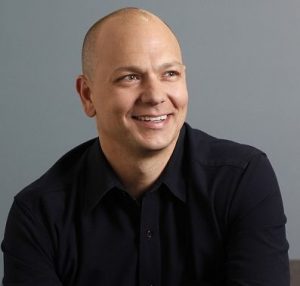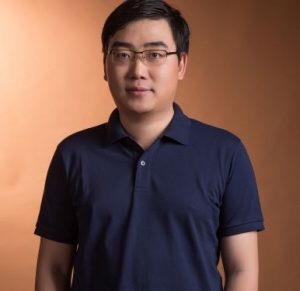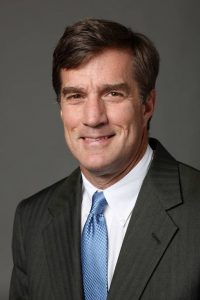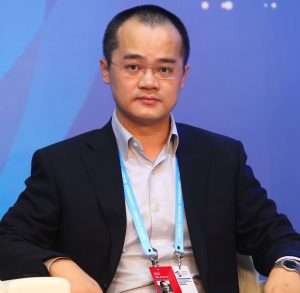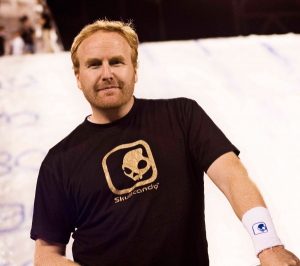Amar Bose : A Researcher, Educator and the Founder of Bose Corporation
There will be rarely any person who is not aware of Bose Corporation. Bose has been a leading brand in the field of audio equipment development for past more than 50 years. The company was never founded to earn profits, but to provide better user experience for the consumers. And the man behind this revolutionary company was Amar Bose. Almost sixty years ago, Amar Bose became dissatisfied of the sound quality of an expensive and high tech speaker of that time. And today, his dissatisfaction had led to one of the best audio equipment manufacturers in the world, Bose Corporation.
Early Life
Amar Bose was born on 2 November 1929 as Amar Gopal Bose, in Philadelphia, Pennsylvania. His father, Noni Gopal Bose, was a Bengali Hindu, and his mother, Charlotte, belonged to a French-German decent. Noni Gopal Bose was an Indian freedom fighter, and Charlotte was a school teacher.
While growing up, Bose developed an interest in electronics and during World War II, started a small business of repairing model trains and home radios, at the age of 13. He completed his high school education from Abington Senior High School in Abington, Pennsylvania.
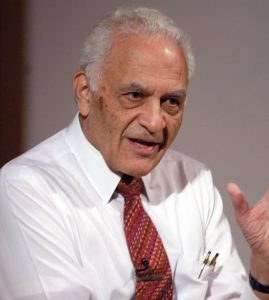
After receiving a high school degree, he entered the Massachusetts Institute of Technology, where he first pursued a bachelor’s degree in Electrical Engineering, and later, completed a PhD from the same institute in Electrical Engineering. The topic for his PhD thesis was non-linear systems.
Bose had become quite active in researches starting from the time of his graduation and even spent a year in Eindhoven, the Netherlands for the research work at the Philips Natuurkundig Laboratorium. In the following year, he spent another year in Delhi, India as a Fulbright research student.
Career
After completing his bachelor’s, he got the opportunity to work at MIT, as an assistant professor. While working at MIT, in 1956, he bought an expensive high-end speaker but was disappointed with the performance. Despite having great technology of that time, the speakers could not retain the live audio experience. This, later, became the inspiration for his future business venture.
Acoustics became the prime research subject for Bose, and he started working towards achieving that live experience of a concert hall, for the high-end speakers.
Founding Bose Corporation
After extensive research on the speakers, in 1964, Bose was ready to start his own company. He pitched to the angel capitalists for the funding. He also took the help of his PhD thesis guide professor, Y. W. Lee. The loudspeaker model that the company produced was the model 2201, designed to set up in the corner of a room, reflecting the sound from the walls of the room.
The next research program that the company carried out focused on the dominance of the reflected sound arriving at the head of the listener, to provide the listeners with the live audio experience.
In 1968, the company launched its first commercially successful loudspeakers, Model 901. The model was such a huge success that the company produced it for almost 50 years, and discontinued it only in 2017. This loudspeaker is the longest running product of the company.
In the past more than fifty years, the company has been researching in the field of psychoacoustics and has been improving on its product quality. In fact, “Better Sound Through Research”, is the official slogan of the company, which was a statement given by Bose in an interview.
Bose continued working at MIT, even after founding Bose corporation, as he wanted to support the research work for Bose Corporation. He retired from MIT in 2001. Bose has been one of the best professors at MIT. In fact, many of his students have credited him for helping them in gaining life skills and problem-solving skills. He was awarded the Baker Teaching Award in 1964. For his contribution in the field of electronics and to the development of MIT, MIT established the Bose Award for Excellence in Teaching (1989), and the Junior Bose Award (1995) to honour him.
Bose has got two patents in the field of loudspeaker design and non-linear, two-state modulated, Class-D power processing. In 1994, he received an honorary doctorate in Music from Berklee College of Music. In 2008, his name was registered at the National Inventors Hall of Fame.
In 2007, Bose was listed at number 271 in the Forbes list of richest persons Forbes 400. In 2011, his recorded net worth was $1.0 billion. Bose donated the majority of company shares (non-voting) to MIT, to continue the research work for Bose Corporation.
Bose will be remembered for his outstanding contributions to consumer electronics, his great teachings, and for his leadership qualities.

Yashica is a Software Engineer turned Content Writer, who loves to write on social causes and expertise in writing technical stuff. She loves to watch movies and explore new places. She believes that you need to live once before you die. So experimenting with her life and career choices, she is trying to live her life to the fullest.


